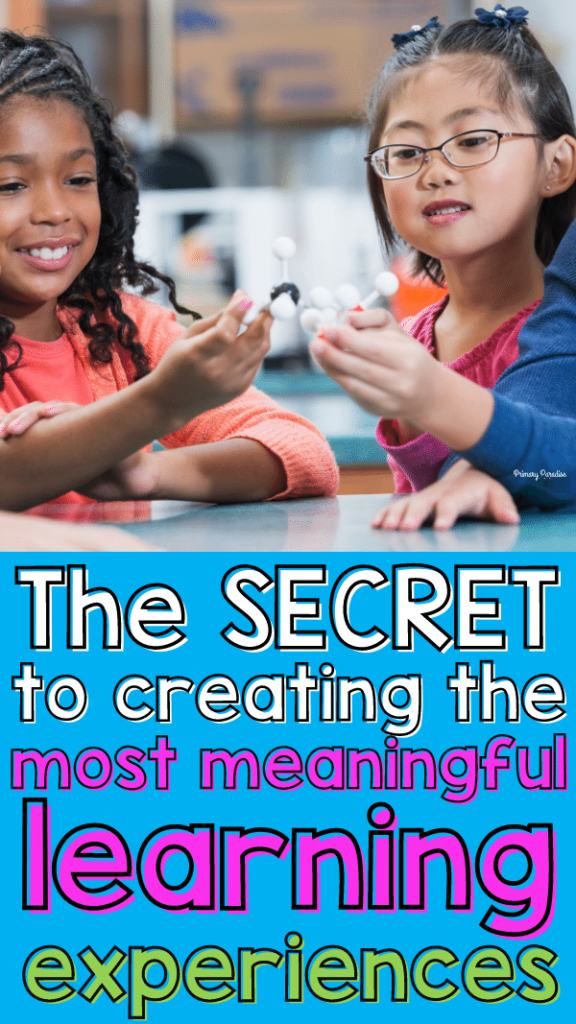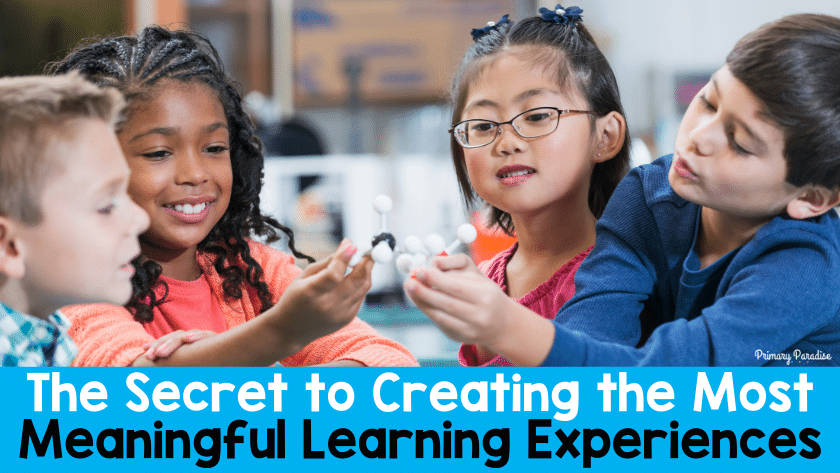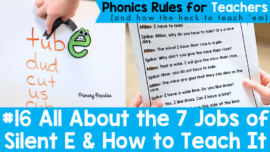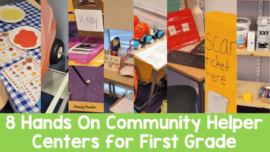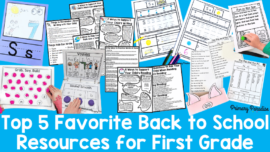Meaningful learning experiences are much more likely to help our students retain content. These are the learning activities that leave an impact and students remember for years to come. How to create meaningful learning experiences can actually be very simple. Let’s look at how you can create impactful learning experiences in your classroom.
As an IB educator, my missions is to help my students become global citizens who want to make a positive impact on the world. Even if you’re not an IB educator, you can use these IB principles, and the IB learner profile skills, to to help create meaningful learning experiences. Creating meaningful learning activities that really make an impact on students and help them retain knowledge and skills is actually fairly simple.
The Recipe for Meaningful Learning Activities
So, how do we do it? How do we create impactful learning activities that our students will enjoy? Thankfully, you don’t need to do anything complicated. It comes down to three simple elements that you can easily incorporate into your lessons tomorrow.
Create Lessons that are Open Ended
Open ended projects are nothing new, but they don’t always feel comfortable to teachers. It can be scary to set off on an activity or a project when you don’t have a set outcome. It can be even harder when there isn’t just one correct answer. But, open ended projects are where true learning happens.
In an open ended learning activity, there’s more than one way to get to the desired result. STEM lessons are a great example of this. If you’re learning about bridges, you can give your students a variety of materials and have them work in teams to create a bridge that can hold a matchbox car. In math, you can ask students to solve a problem using whatever tools or strategies they want. And, in reading, you can have them present a report on a book however they want as long as they share specific things like the title, plot, problem, solution, and whether or not they’d recommend it. All of these examples create meaningful experiences for students.
Open ended tasks give students freedom to express themselves in different ways. It allows them to explore a problem from different angles, and it allows them to play to their strength. In the examples above, one student might write a poem about their book, one might act it out, and still another might make a Google Slides presentation. It makes the task more meaningful and engaging for everyone.
Create Lessons that are Student Directed
Student directed learning is also a current buzz word, but for good reason. Giving students voice and choice in your classroom can produce some amazing results and some very meaningful learning activities. Of course, it typically doesn’t work well to give students free reign with no structure, but it does work well to give them choices and options.
Student directed learning can be as simple as giving students the choice to present information in 1 of 3 ways. It can be as complex as giving students the ability to help decide what direction the class will focus on when studying a topic. For example, if your curriculum asks students to study a biome in depth, after generally learning about a variety of biomes, you can have students choose which biome they want to learn about more in-depth.
Some teachers struggle with giving students more control of their learning because they fear that everything will go off the rails. However, generally, students can and will rise to the task. And, the more control you give students, the more engaged and connected to their learning they’ll feel.
Create Lessons that are Relevant
Lastly, our lessons become more meaningful when we create lessons and learning experiences that are relevant to student lives. Although this is somewhat obvious, as teachers, we often forget this. This is true in our lives as well. As adults, we are interested in things that impact our lives.
Sometimes, this means bringing popular and relevant topics into our lessons. If your students need to study the role of the media on society, learning about local news in your area is likely to spark their attention. Or, if you’re studying force and motion, bringing in Bey Blades to discuss inertia, might really make your lesson stick.
Other times, it might be about building a bridge from your students’ experience to the content knowledge. If you’re studying global warming, students might not understand or really care that the ice caps are melting. However, if they realize that in 10 years their city could be underwater, or that a certain animal in your area is impacted by deforestation, they will be more likely to care.
Small Changes Make a Big Impact
When you are working to make your classroom more engaging and your lessons more meaningful, the best thing to do is to make small changes at a time. You don’t have to put your students in charge of every lesson, you don’t need to try to make every single thing connect to their personal experience, and you don’t have to make every activity open ended. Instead, make small changes at a time. Give students a choice in an assignment. Aim for 1 open ended task a week.
In the following posts, I’ll be sharing some specific projects you can do with your class that will be meaningful, give students voice and choice, are relevant to their lives, and incorporate technology, team work, and important learning skills that will help your students grow as learners.
